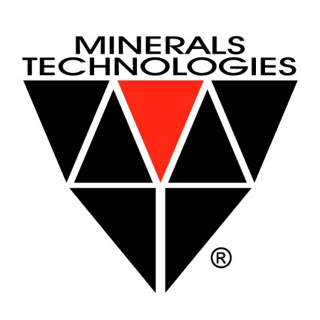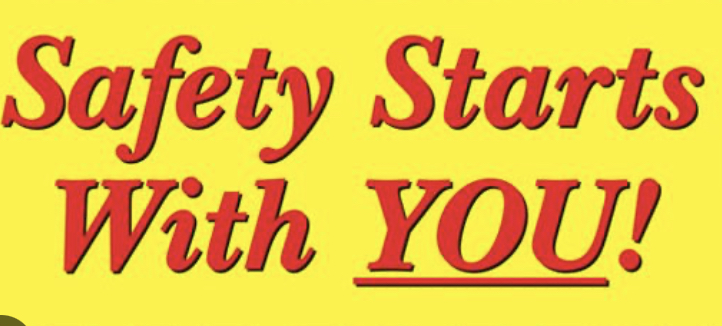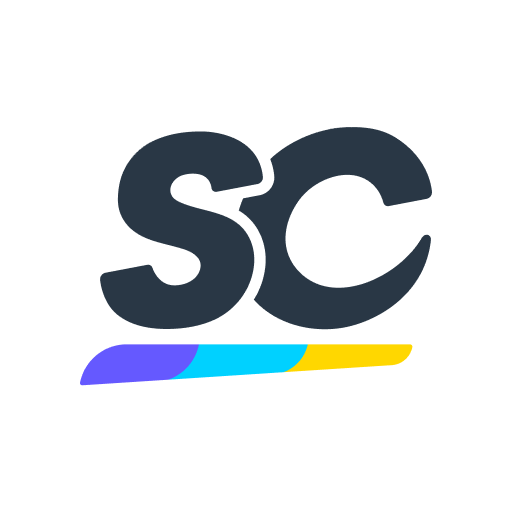Titelpagina
-
Document Nr.
-
Customer / Site
-
Location
-
Executed on
-
Performed by
-
Involved personnel
BODY POSITION
-
BODY MECHANICS: Close to load, proper lifting, squared up to task (no twisting), using mechanical lift if possible, assisted if too heavy.
-
ASCEND/DESCENS: 3 points of contact.
-
PINCH POINTS: Body parts kept clear from crush point, pinch points, and cuts.
-
EYES ON TASK: Face/head in direction of travel. Watch hands engaged in tasks.
-
LINE OF FIRE: Not working/standing in path of equipment/materials that may shift, relieve pressure, move, or fall.
-
OVEREXTENDED/CRAMPED: Overextending to pass materials/working in cluttered cramped areas that limit movement.
-
STAY TO RIGHT: When passing material take one step to the right of personbelow
TOOLS & EQUIPMENT
-
TOOL SELECTION/USE: Right tool used in the manner intended.
-
TOOL CONDITION: Tools inworking order.
-
TOOLS INSPECTION: Color coede as per quarter.
-
EQUIPMENT SELECTION/USE: guards in place, de-energized for maintenance.
-
EQUIPMENT CONDITION: Electrical cords fray free.
PERSONAL PROTECTIVE EQUIPMENT
-
RESPIRATORY PROTECTION: Selection, condition, and use of respirator
-
FIT TEST: Respirator fit test completed if required.
-
EYE PROTECTION: Proper eye/face protection present and in use.
-
HAND PROTECTION: Proper hand/arm protection present and in use.
-
HEARING PROTECTION: Hearing protection in use - Double hearing protection in use if required.
-
PROTECTIVE CLOTHING: Proper protective clothing in use (FRC, Latex suit, life vests, etc.).
-
FOOT PROTECTION: Proper footwear worn.
-
HEAD PROTECTION: Proper use of hard hat (bib forward).
-
HARNESS: Proper wear/use of harness.
-
LANYARD SELECTION: Proper lanyard selection for the job (retractable, 6ft lifeline, etc.).
-
LANYARD USE: Proper wear/use of lanyard.
-
ANCHOR POINT: Tied off to suitable anchor.
NRTR / JSP / JOB PLAN
-
NRTR / JSP COMPLETED: All components of the NRTR / JSP completed prior to starting work.
-
WORKPLACE DESIGN: Is jobsite designed to prevent possible contact with hazards.
-
MAJOR STEPS OF TASK: Key steps of the task noted on NRTR / JSP.
-
HAZARD IDENTIFIED: Are hazards identified and noted on NRTR.
-
AREA-SPECIFIC HAZARDS: Are area specific hazards identified.
-
SAFE PLAN OF ACTION: Safe work plan developed to avoid and minimize exposure to risk.
-
MITIGATION: Mitigation steps in place for identified hazards.
-
SIGNED BY SUPERVISOR: Supervisor signed NRTR / JSP within first hour of work starting.
-
SIGNED BY CREW: All crew members signed NRTR / JSP prior to starting work
ENVIRONMENT
-
WALKING SURFACES: Walking surfaces free of hazards.
-
WORKING SURFACES: Working surface free of hazards.
-
ADEQUATE ILLUMINATION: Adequate lighti g for the work being performed.
-
HYGIENE: Industrial hygiene practices utilized where needed (e.g. LEL, Oxygen-, CO levels).
-
VENTILATION: Adequate means of ventilation of confined areas.
-
HOUSEKEEPING: Proper housekeeping.
-
STORAGE: Storage area neat and orderly.
-
BARRICADES/WARNINGS: Proper barricades and warning signs present.
-
BARRICADE TAGS: Tags proper filled out
PROCEDURE RELATED
-
PRE-JOB PLANNING: Supervision conducted team planning meeting to communicate work task.
-
COMMUNICATION OF HAZARDS: All known hazards communicated prior to starting.
-
CONFINED SPACE: Confined space procedure followed.
-
LOTO: Lock-Out / Tag-Out procedure followed.
-
SENSITIVE EQUIPMENT: All sensitive equipment tagged and steps taken to mitigate hazard/damage.
-
PERMITS: Permits present, filled out, signed, being followed.
MOBILE EQUIPMENT OPERATION
-
FORKLIFT DAILY INSPECTION: Inspection completed and documented.
-
FORKLIFT CERTIFICATION: Driver has current forklift certification.
-
VEHICLE DAILY INSPECTION: Inspection completed and ducumented.
-
Approved and competent driver.
-
SPOTTER / WATCH MAN: Spotter or Guard required and in place.
-
SEAT BELTS: Driver (and passengers) wearing seatbelt(s).
ADDITIONAL COMMENTS
-
Comments and/or remarks.











